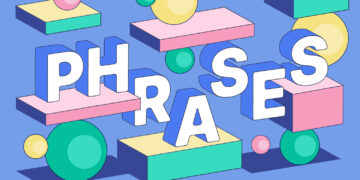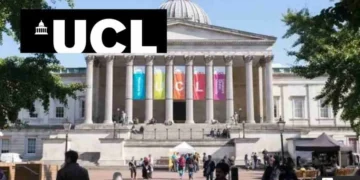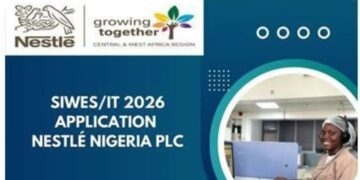1. What NELFUND is
NELFUND is the government’s student-loan fund created by the 2024 Student Loans (Access to Higher Education) Act to finance tuition/fees and a living-cost (upkeep) allowance for eligible students—on an interest-free basis.
2. Who can apply (right now)
Nigerian citizens enrolled in public (federal or state) universities, polytechnics, colleges of education, monotechnics, and approved vocational/skills centres. Students in private institutions aren’t covered yet, but NELFUND says it’s working toward possible inclusion within about three years.
3. What the loan pays for
Two buckets: (a) institutional charges (tuition/fees) paid straight to your school, and (b) an upkeep allowance paid to you. You don’t receive the tuition cash; NELFUND settles your school directly.
4. How much is the upkeep?
Upkeep has been pegged at about ₦20,000 per month for many beneficiaries (varies by programme/session and policy). Expect adjustments as the scheme evolves.
5. No guarantor. No family-income test.
The re-enacted law removed the guarantor requirement and the old “family income” threshold—applications rely on your verified identity/records instead.
6. What you need to apply
Applications are online on the NELFUND portal. You’ll input details such as Institution, Admission/Matric No., JAMB No., Date of Birth, NIN and BVN (ensure they match your legal name).
7. When to apply & renewal
Applications follow your school’s session/calendar. Loans are session-based and typically renewed each academic year (you re-apply for continued support). Many schools run help desks for NELFUND.
8. Disbursement so far (where things stand)
As of early August 2025, NELFUND reports about ₦86.3bn disbursed to roughly 450,000 student-beneficiaries nationwide—split between tuition paid to institutions and upkeep paid to students.
9. When repayment starts
NELFUND does not begin recovery until two years after you complete NYSC. If you’re unemployed then, you can seek an extension—repayment is tied to income.
10. How repayment works (the mechanics)
If employed, your employer deducts up to 10% of your salary toward the loan and remits it. Banks may also use a Global Standing Instruction (GSI) on your accounts for recovery per the terms you accept on the portal. Self-employed grads are expected to remit a proportion of income.
11. Forgiveness & hardship
Loans may be written off in cases like the borrower’s death or extreme force-majeure hardship; deferment is possible if you’re still unemployed after the grace period.
12. Scholarships & double-funding
NELFUND’s terms state you shouldn’t be a beneficiary of another government-sponsored scholarship at the same time. (If you hold a private scholarship, confirm with your school/NELFUND before applying.)
13. Why applications get delayed or stuck
Common reasons include data mismatches (e.g., NIN/BVN/name), incomplete school onboarding, or slow confirmations from institutions. NELFUND has warned schools against obstructing or delaying student processing.
14. How the money actually moves
NELFUND remits tuition/fees directly to your school’s account (less room for diversion). Upkeep is paid to the student’s bank account on the schedule shown in your portal dashboard. Track both in your NELFUND account.
15. Where to get help (officially)
Use the portal’s help resources and your institution’s NELFUND help desk. You can also reach NELFUND via the official contact page and social channels listed there.













































































 EduTimes Africa, a product of Education Times Africa, is a magazine publication that aims to lend its support to close the yawning gap in Africa's educational development.
EduTimes Africa, a product of Education Times Africa, is a magazine publication that aims to lend its support to close the yawning gap in Africa's educational development.

